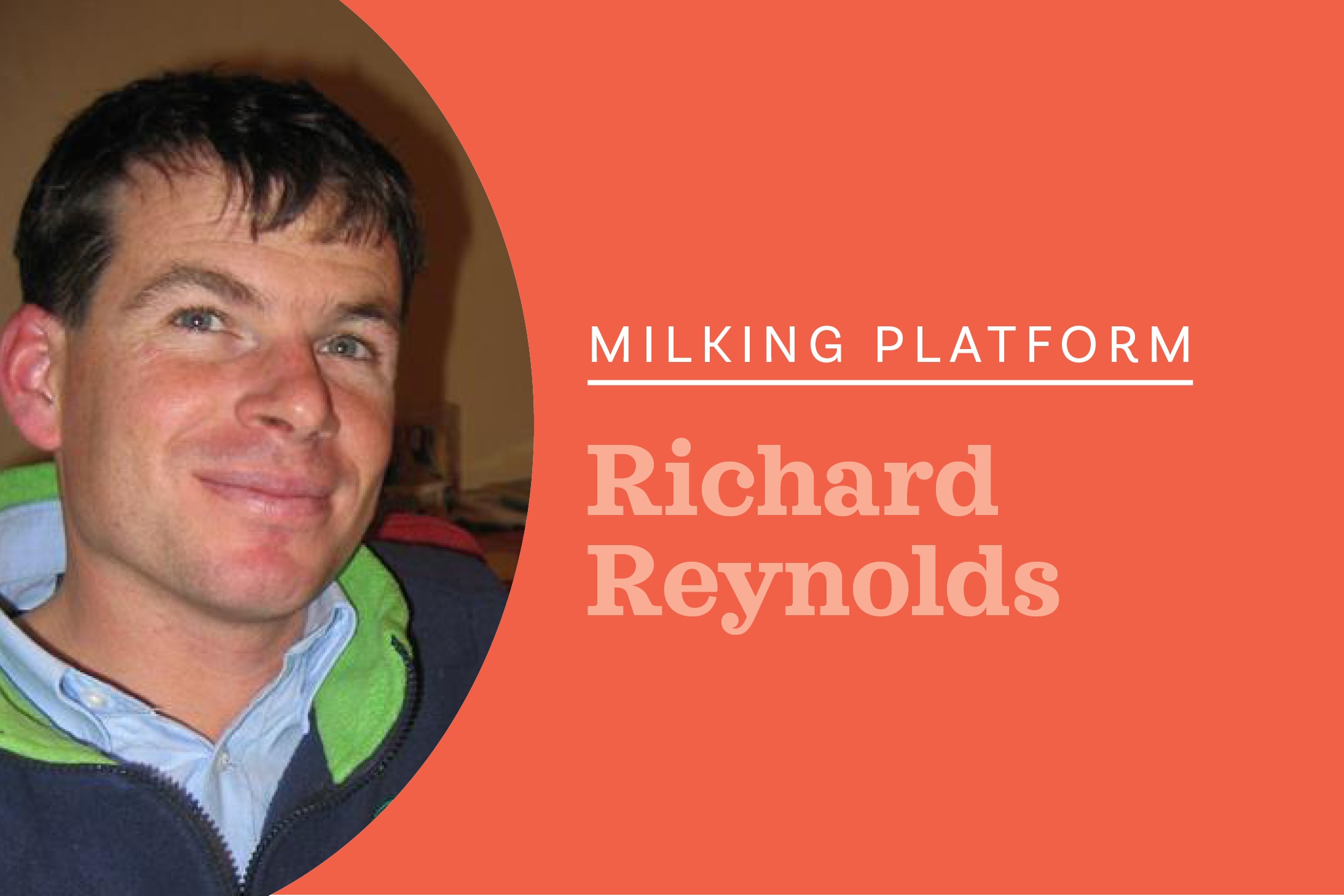On his Bay of Plenty farm, Thomas Chatfield reflects on the contrasting weather of the recent summer, with months of drought followed by deluge.
Sitting here on yet another rainy summer day in the Bay of Plenty, it’s been a funny couple of months since my last piece.
We received a decent amount of rain at the start of December and plants that were stressed from a long, wet winter/spring period, followed by a short but sharp dry period, went to seed with all their energy.
All of a sudden, I had surplus low-quality grass, which, combined with reducing palm kernel allocation to just 1kg per cow, led to a real slump in production from mid-December and on through January.
Seed heads have now been replaced by paddocks full of summer grass, and weeds and production continue to reflect this.
The season feels like it has now shifted gears looking towards next season and making sure all our preparation is in place to correct the wrong steps taken this year. First thing ticked off the list was mating. We pregnancy tested at the end of January, which revealed a 13% empty rate from a 12-week all-AI mating – we used short gestation semen for the last six weeks, so we are expecting around an 11-week calving.
While this result was far from perfect, it was still a decent improvement on the back of 18% last season, and a firm step in the right direction. The other big achievement was shifting the median calving date forward. I haven’t got the full results back from the vets yet, but the quick calculations done on the day suggest we have made a good improvement here.
Hopefully if the weather plays ball we should have a decent amount of quality feed to work with next season.
Another way the team and I tried to set ourselves up for next season was to sit down for a frank, open, no-judgement brainstorming session (not something I ever liked doing at school) to identify any missed opportunities this season and uncover ways we could improve moving forward.
As with all things farming, there isn’t a simple answer to everything and there are always compromises; but by doing this, we at least have something tangible to help make decisions for next season. It has also been great to get the staff thinking and promoting ideas – it has kept them involved in the process and hopefully encouraged them to take ownership in the farm as a result.
The next thing on the list to start getting sorted for next season are our pastures.
As a result of two very challenging wet winter/springs on consecutive years, our pasture is really struggling, with few rye grass plants and lots of thin and open pastures.
My farm owner and I drove around the farm and ranked paddocks into one of five groups – paddocks that needed nothing, paddocks that needed thickening with a direct drill perennial rye grass, paddocks coming out of a crop into permanent pasture possibly needing contouring, paddocks for maize next season and paddocks for maize/crop in two years.
Each of the different groups will get a different treatment and we will start this as soon as possible, so we don’t have too much out at any one time. Hopefully if the weather plays ball we should have a decent amount of quality feed to work with next season. All in all, it’s been bloody tough this season. Beginning on a new farm with new staff is always going to be challenging, but add a wet winter and things got real interesting. But, like most farmers, I’m pretty optimistic next season can be much better than the current one.
In the meantime, we will keep ourselves busy with all the jobs that get put on the back-burner during calving and mating and maybe sneak out in the boat from time to time.





